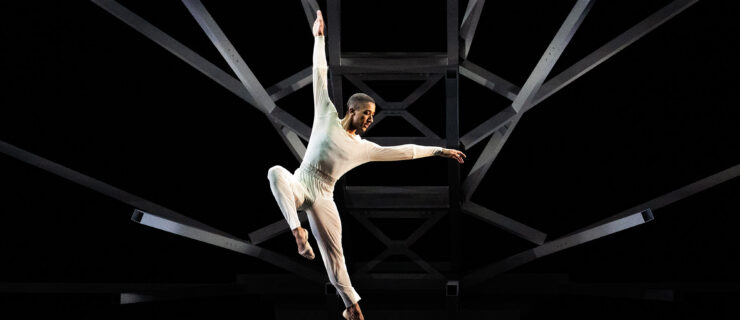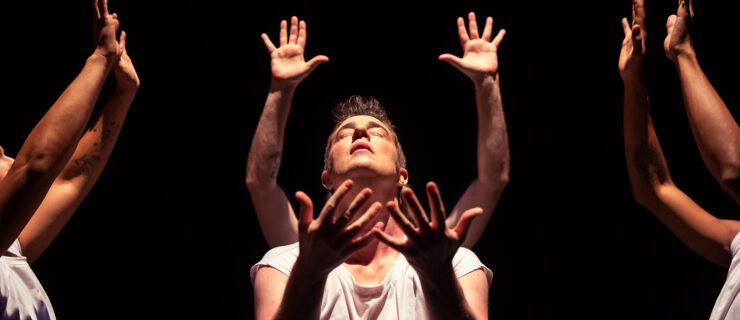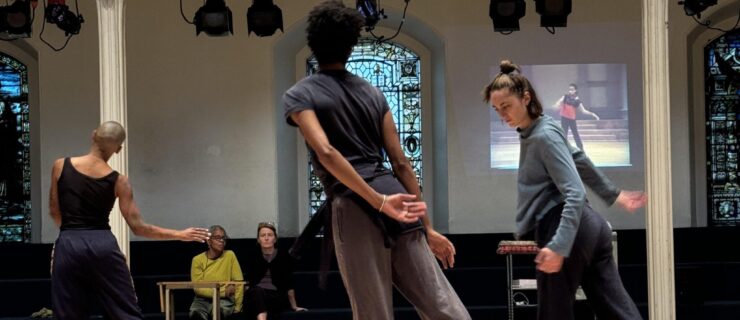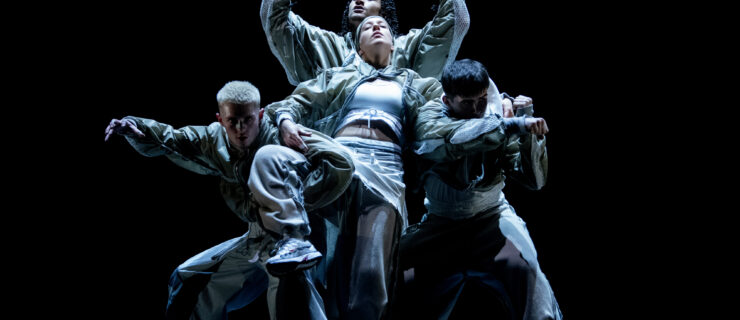New York City Center Gives Artists the Curatorial Reins
Performing at New York City Center, just a few blocks downtown from her home theater at Lincoln Center, is nothing new for New York City Ballet principal Tiler Peck. What is new: curating an entire evening’s program of work for the storied venue, with total creative control (while also performing, of course).
The project adding another line to Peck’s already packed resumé is City Center’s new Artists at the Center series, launching March 4–6. It gives dance artists a curatorial platform to explore ideas that they wouldn’t have an opportunity to anywhere else, says president and CEO Arlene Shuler. (Artists at the Center will be one of Shuler’s final acts at City Center; she will step down at the end of the 2021–22 season.)
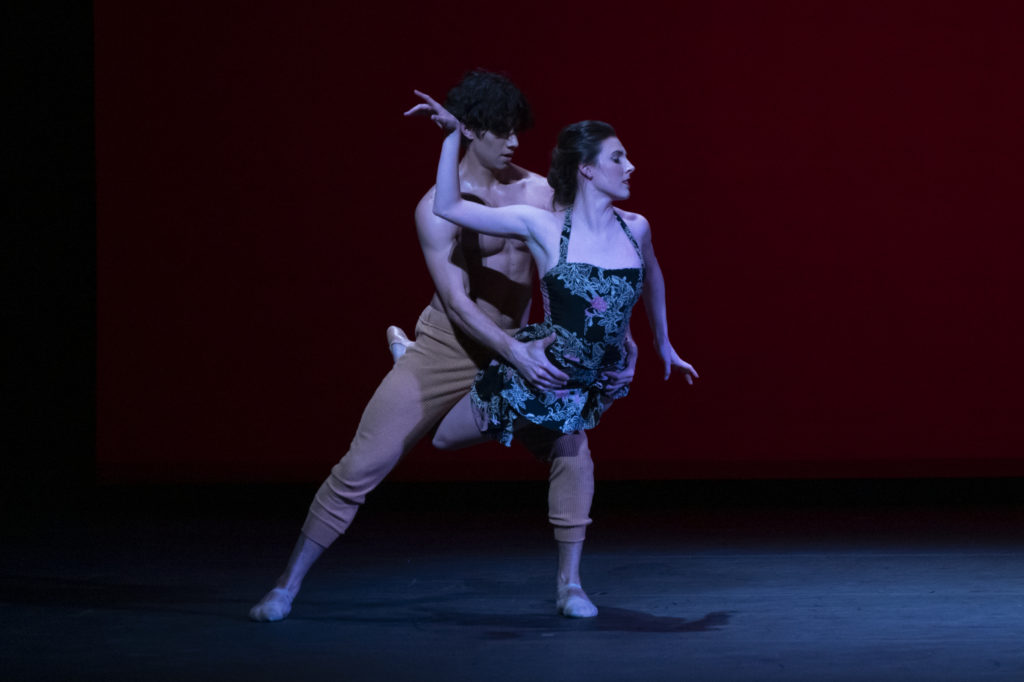
The concept for the series, which City Center hopes will be annual, has been in the works for several years, and grew from conversations with artists close to the organization about what else they’d like to be able to do there that they can’t normally do in their artistic lives. It’s an extension of a vision that Shuler has been developing throughout her tenure: making City Center a place where companies and artists don’t just pass through for a weekend of shows, but where they have a creative home.
Peck was a natural fit for the series due to her strong relationship with the venue, and her entrepreneurial streak (in 2017 she curated BalletNOW at The Music Center in Los Angeles, though Shuler says Artists at the Center will give her even more control and responsibility). Peck’s program will feature the premiere of a collaboration between herself and tap artist Michelle Dorrance, plus additional works by William Forsythe, Alonzo King and Peck, who will be making her New York City debut as a choreographer. Artists at the Center almost started with an even bigger bang: Prior to COVID-19, the plan was to launch with the announcement of three separate programs by three separate artists. “It was a little crazy,” says Shuler, who says that future programs will “only be limited by artists’ imaginations,” suggesting that someone else might want to mount a full-length ballet.
The series won’t just be for ballet dancers, says Shuler (though the other name she notes as part of the extended “City Center family” is Peck’s NYCB colleague Sara Mearns). Nor is it just for dancers—she mentions choreographers “who might want to work in a different way than they do for their own company or an existing institution.” But expect names familiar to the City Center stage, at least to start out, says Stanford Makishi, vice president and artistic director of dance programs: “These relationships are built on trust—them in us as a supportive institution and us in them as extraordinary talents.”

